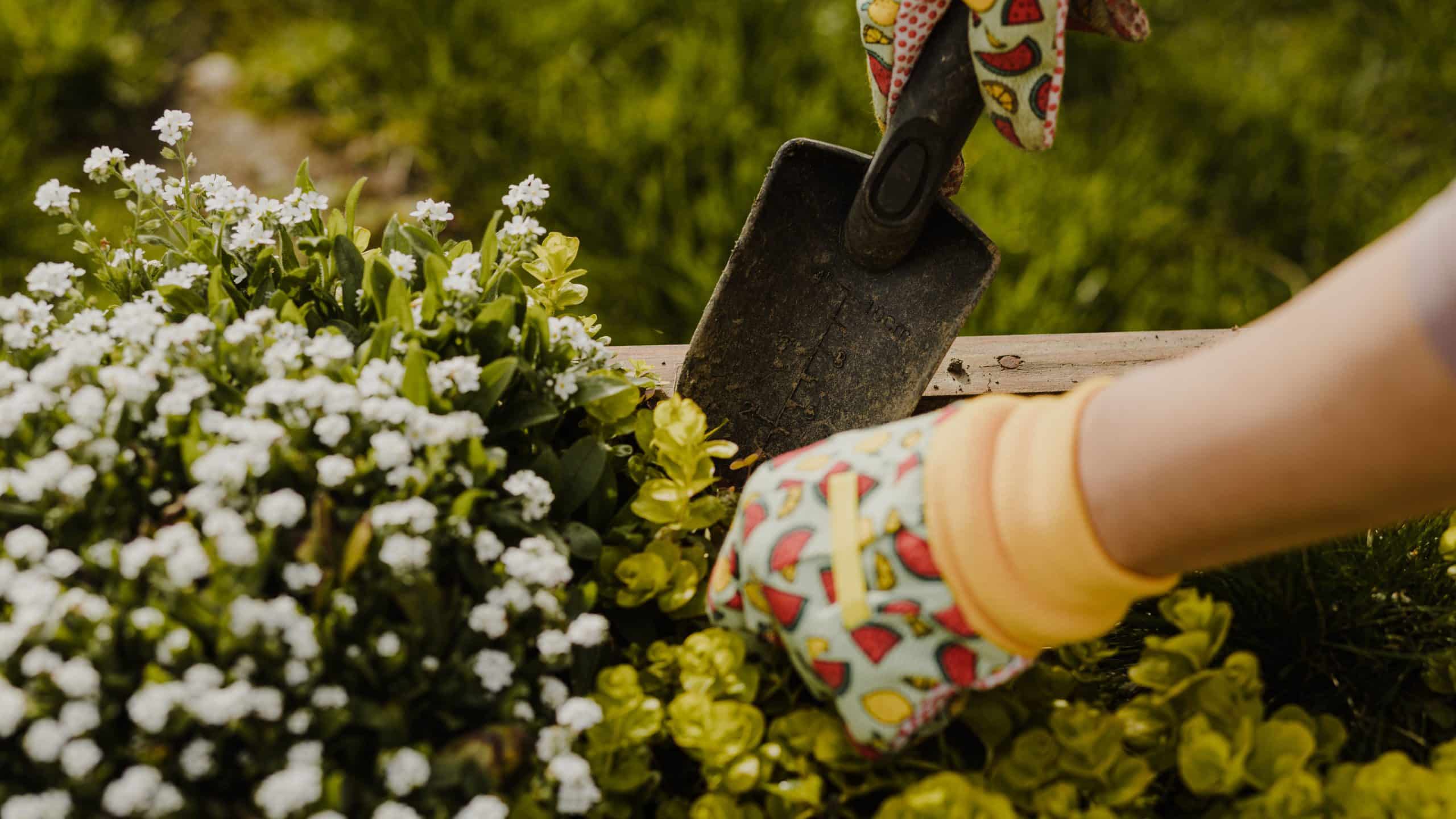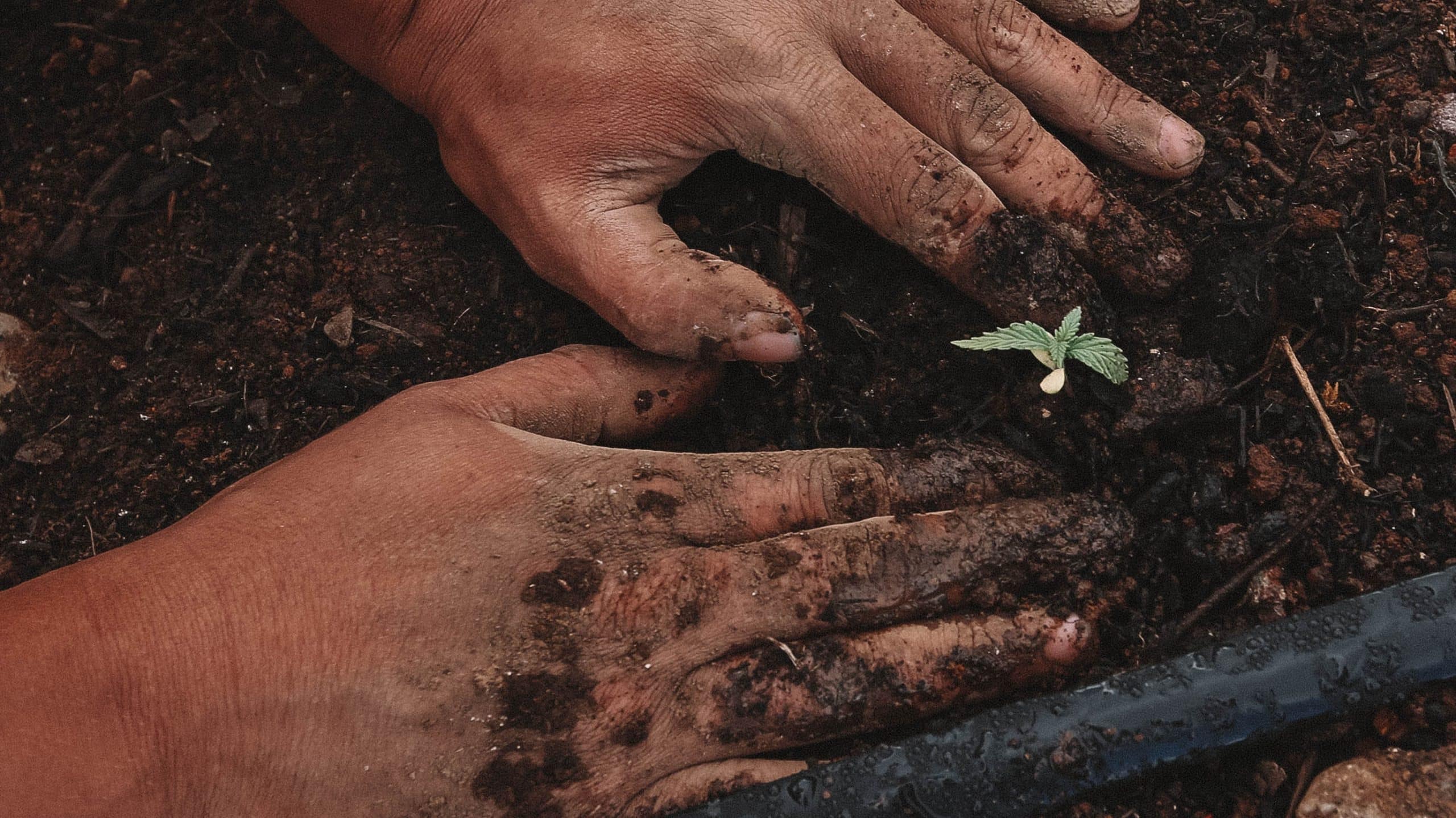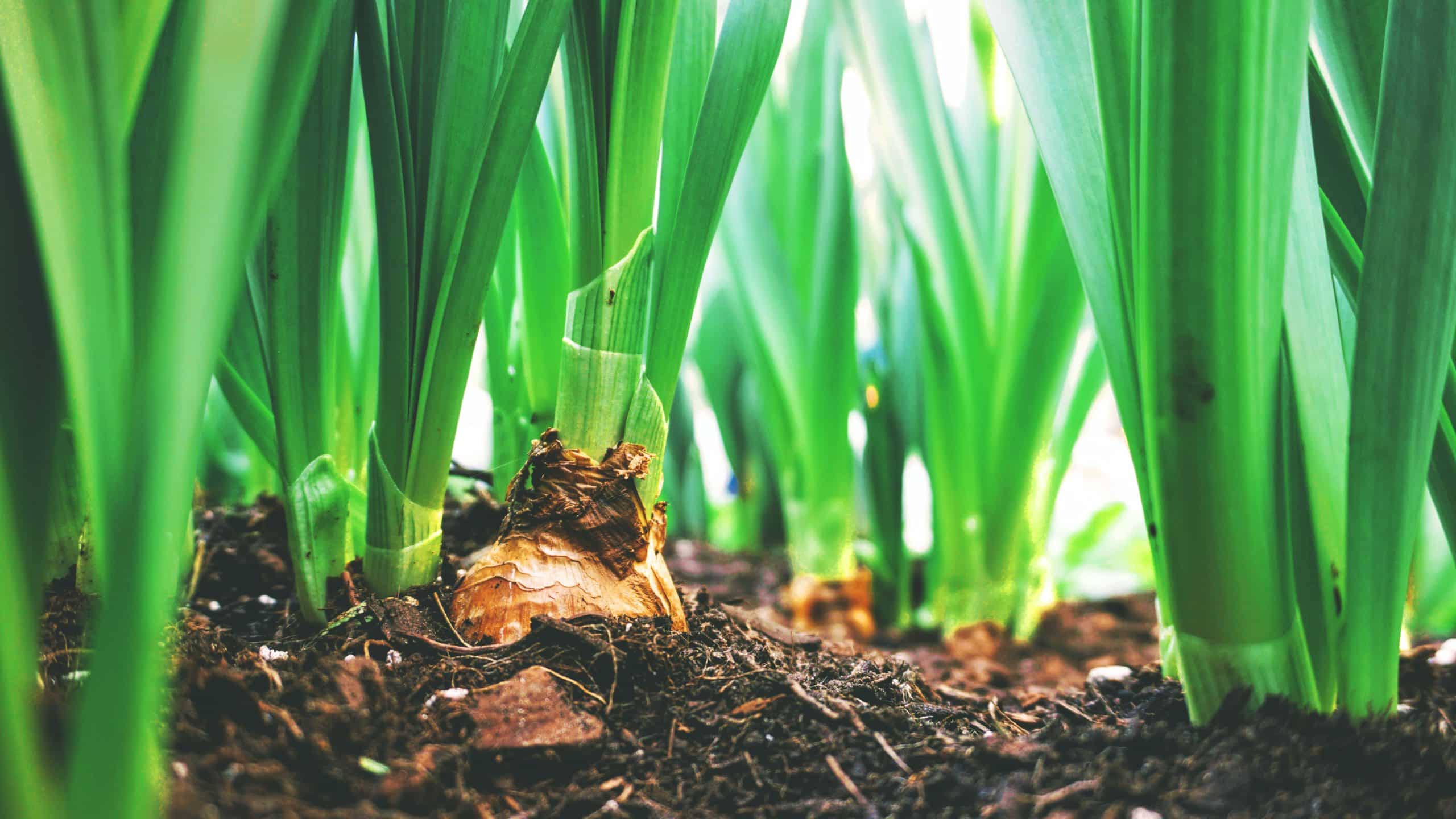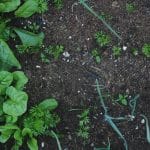Table of Contents
Got a green thumb and a crop of veggies needing a boost? Manure might just be the secret sauce you’re missing. But, just like you wouldn’t add hot sauce to your coffee, timing is everything when it comes to adding manure to your vegetable garden. The best time is when your plants are ready for some serious growing.
And, did you know that it’s a big no-no to use fresh manure on crops that are in close contact with the soil? Yep, doing so can expose you to harmful bacteria, and nobody wants that!
Understanding the Use of Manure in the Vegetable Garden
Now let’s break it down a little. Manure, especially that of farm animals, is like magic dust for your garden. But, it’s a bit of a double-edged sword. On one hand, it can immensely help your garden soil, boosting it with nutrients and making it great for your veggies.
But on the other hand, it can also carry harmful bacteria, which could be a problem if it’s in contact with your produce. So, you gotta be smart about it. Remember, it’s all about using manure at the right time, in the right way, and for the right crops!
The Value of Manure in the Garden
So, you may be wondering, what’s the big deal about manure in the garden? Well, it’s the oldest trick in the book, and for good reason. Manure does wonders for your garden soil, enriching it with nutrients and improving its structure. It’s like a magic potion for your garden, making your plants stronger and healthier.
But hold up! While manure is super beneficial, it’s also got its risks of food-borne illness due to contamination, so you gotta be careful. For instance, root crops like radishes and carrots that grow underground are more likely to come in contact with the manure, increasing the risk of contamination.
And before you start applying manure to your garden, there’s a set of guidelines you should follow. Experts from the University of Maine and the University of Wisconsin-Madison recommend applying manure at least 120 days before harvesting your crops.
You should incorporate the manure into the top 6 to 8 inches of soil, which helps make the nutrients more available to your plants.

Fresh vs. Aged Manure
Alright, let’s talk about the difference between fresh and aged manure. Fresh manure is like raw cookie dough – it’s got the potential to be great, but it isn’t quite there yet. It can burn your plants’ roots and should be composted before using.
On the other hand, aged manure is like a fine wine – it’s gone through a process and is ready to be used. Oh, and did you know that rabbit manure can be used fresh and has a good nitrogen content!
Special Characteristics of Cow Manure in Gardening
Now, let’s not forget about cow manure. It’s like the reliable old pick-up truck of soil amendments. It may not be as strong a fertilizer as chicken manure, but it’s a solid choice for gardening, and it won’t burn plants. But remember, if you’re after more phosphorus for your fruiting vegetables, fresh chicken manure is your guy. Just make sure it’s composted or aged before use, so it doesn’t damage your plants.
When to Apply Manure to Gardens
Timing is everything when it comes to manure application. Most vegetables are ready to harvest sooner than 90-120 days after spring planting, so you can’t just go throwing manure around willy-nilly in the spring.
It’s best to apply manure in the fall, giving it ample time to work its magic before your crops are ready for harvest. And remember, once your garden is planted, it’s a no-go zone for manure application.
The Best Season to Add Manure to the Vegetable Garden
So, when’s the best season to add manure to the vegetable garden? That’s like asking when’s the best time to fish – it depends on what you’re after. If you’re looking to improve your soil health, fall is a great time. This gives the manure plenty of time to break down and enrich the soil before spring planting.
If you’re wondering about what type of manure to use, horse and cow manure are both good choices for vegetable gardening.

The Significance of Timely Application in Maximizing Manure Benefits
Adding manure to your vegetable garden isn’t just about slinging it on there whenever you feel like it. Nope, there’s a right time for this. Dropping that good ‘ole manure onto your soil at the appropriate time has a big role in how well it works.
See, the timely application of manure does wonders for the soil organic matter. It’s like hitting the lottery for your plants. Soil organic matter is the stuff that helps to improve the structure of your soil, allowing it to hold onto water and nutrients.
It becomes a slow-release fertilizer and a sustainable source, particularly if you’re raising your own animals. Just like milk and cookies go hand in hand, so does the right timing and manure in your vegetable garden.
Avoiding Contamination Risks With Manure
Now, hold up! Manure in the garden is like a double-edged sword. It can provide your crops with essential nutrients but it also comes with the risk of food-borne illness. This isn’t a horror story, but we’ve got some scary characters like salmonella, E. coli, roundworms, and tapeworms, etc.
Precautions with Fresh Manure and Edible Crops
Alright, let’s get down to brass tacks. Some manures, like rabbit manure, can be used fresh. However, even though it is safe, applying fresh manure to edible crops requires some know-how. You don’t want to be careless and cause trouble in your garden paradise.
And it’s not only you, think about the kiddos and the pregnant women who might be eating your veggies. Heck, folks with chronic diseases gotta be careful as well.
Effective Methods to Mitigate Contamination Risks
Okay, so you’re probably thinking, “How to dodge the bullet of manure contamination?” Here’s the answer: it’s all about timing and plant choice.
Manure should be applied at least 120 days before harvesting root crops and leafy vegetables like radishes, carrots, and lettuce. These fellas have the greatest risk for contamination because the edible part touches the soil.
For other crops that don’t touch the soil, such as sweet corn, apply the manure at least 90 days before harvest. For those trellised tomatoes, you can follow the same rule.

How to Effectively Compost Manure
So, how about composting manure, huh? It’s an effective way to reap the benefits of manure while reducing the risks. Composting manure before spreading it in your garden helps kill parasites and weeds. You heard me right. It’s like getting the good without the bad. It’s safer to use and, to be honest, it’s easier on the nose, too.
Step-by-Step Guide to Composting Manure
Alright, so how do you compost manure? Here’s a rundown:
- First, you gotta set up a good compost pile or bin. Make sure it’s in a spot where it’ll get some good sun and air circulation.
- Next, layer your materials. Start with a layer of browns, like dried leaves or straw. Then, add a layer of manure. Keep alternating until the pile is about 3 feet high.
- Turn your compost pile every few weeks to keep it aerated. This also helps speed up the composting process.
- Finally, let it sit and do its thing. Composting takes time, so be patient. In a few months, you’ll have some rich, dark compost ready to enrich your garden.
Best Practices in Compost Manure Management
One of the best practices is balancing the amounts of nitrogen-rich materials (like your manure) with carbon-rich materials (like dry leaves or straw). Too much of one or the other can throw your compost pile off balance and slow down the composting process.
The Wise Use of Manure in Home Vegetable Gardens
Manure, that old brown gold, can work miracles on your garden soil, but you got to know how to use it right. First off, there’s a difference between raw manure and composting manure.
When applying manure, timing and technique matter. Don’t you go tossing manure like you’re feeding chickens. You got to incorporate the manure into your soil, mix it in good.
According to the State University guidelines for using animal manures, you shouldn’t apply it to gardens or compost piles with edible crops. Instead, you should incorporate the manure into the soil at least 3 to 5 months before planting. This gives those beneficial microorganisms time to break down any harmful pathogens and weed seeds that might be hiding in there.
And don’t forget to wash your hands and wear gloves – nobody got time for dealing with harmful pathogens.
Afterwards, you got to monitor your pile, make sure it’s cooking up right. You want your compost pile’s internal temperature to be just right. Not too hot, not too cold (think Goldilocks). You want your pile to be between 6 to 8 feet high, and you want to keep it moist but not soggy. And turn it with a garden fork every now and then.
Moisture content, carbon source, beneficial microorganisms, phosphorus and potassium are the nuts and bolts of your compost pile. Remember, you’re not just adding manure, you’re adding life to your soil.
Conclusion
Using manure on your vegetable gardens isn’t just about tossing some poop around and hoping for the best. It’s about understanding what’s in that manure, how it benefits your soil, and how to use it responsibly to avoid health risks. Composting manure isn’t just about piling it up and forgetting about it. It’s about managing moisture, turning that pile, and making sure those beneficial bugs are doing their job.
The University of New Hampshire, the University of Wisconsin-Madison, and the University of Maine, they’ve done the research, they’ve got the guidelines for using manure on vegetables. All you gotta do is follow the rules, add that organic material, and watch your garden flourish. Do it right, and you’ll have a vegetable garden that’s the envy of the whole neighborhood!

I’m John, a “seasoned citizen” and an avid gardener. I live in Minnesota, where our weather and growing conditions can be harsh and challenging. Over the years, I have learned a thing or two about being successful in growing things. I have curated these tips, which I think are helpful for the beginning gardener and the seasoned experts. If you have feedback, let me know in the contact form.




